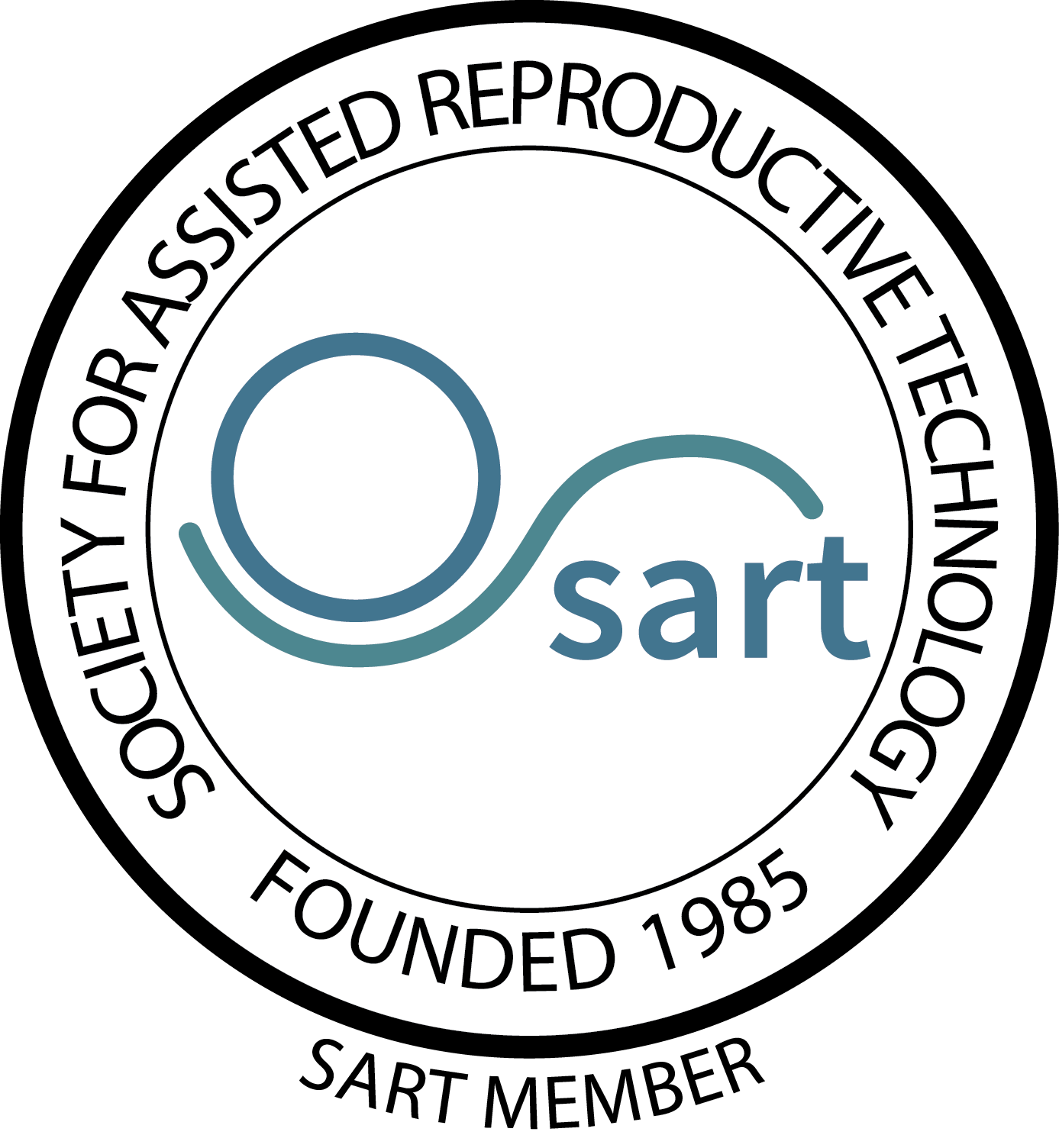The process of endometriosis mimics menstruation at various stages.
Every month, the endometrial implants respond to the monthly cycle just as they would in the uterus (fill with blood, thicken, break down, and bleed). Products of the endometrial process cannot shed through the vagina as menstrual blood and debris does. Instead, the implants develop into collections of blood that form cysts, spots, and patches. These lesions may grow as the cycle continues. The lesions are not cancerous, but they often develop to the point that they cause obstruction or adhesions (web-like scar tissue) that attach to nearby organs, causing pain, inflammation, and sometimes infertility.
The most common locations of endometrial implants are on or next to the ovaries, as well as in the peritoneum – the smooth lining that covers the wall of the abdomen and folds over the inner organs in the pelvic area. Implants may also be found in the area between the uterus and the rectum, the tissue that supports the uterus, the fallopian tubes, the vagina, the urinary tract, and the gastrointestinal tract. Very rarely, implants may be found in locations far from the pelvis.
What are the symptoms of Endometriosis?
Many patients experience no physical symptoms. However, since pelvic pain during menstruation is the most common symptom with endometriosis, many women fail to associate it with a medical condition. This pain is often a severe cramping that occurs on one or both sides of the pelvis and may radiate to the back, rectal area, and occasionally legs. Keep in mind that while endometrial pain most often occurs at the time of menstruation, many women report endometriosis pain at other times of the month or possibly during intercourse. It is important to understand that the severity of pain varies widely between patients and does not appear to be related to the extent of the endometriosis itself. A woman can have a few very small implants and have severe pain while another woman with extensive endometriosis may have very few signs of the disorder.
Other symptoms associated with endometriosis include joint and muscle aches, fatigue, bloating, nausea, dizziness, heavy menstrual bleeding, headaches, depression, and sleep difficulties.
Endometriosis and Infertility
Endometriosis may be found in as many as 40% of infertility patients. Some evidence suggests that between 30% and 50% of women with endometriosis are infertile. Endometriosis may directly contribute to infertility in a number of ways:
- Implants in the fallopian tubes may block the passage of eggs
- Implants in the ovaries may prevent release of the egg
- Severe endometriosis may form adhesions between the uterus, ovaries, and fallopian tubes, preventing the transfer of egg to the tube.
- New research suggests that the immune system may play a significant role in infertility associated with endometriosis.*
*Even in early stages of endometriosis, researchers have observed increased immune system activity. It is thought that the body perceives the endometrial implants as hostile and launches an attack. This attack can create a toxic environment for both egg and sperm, leading to decreased fertility.








